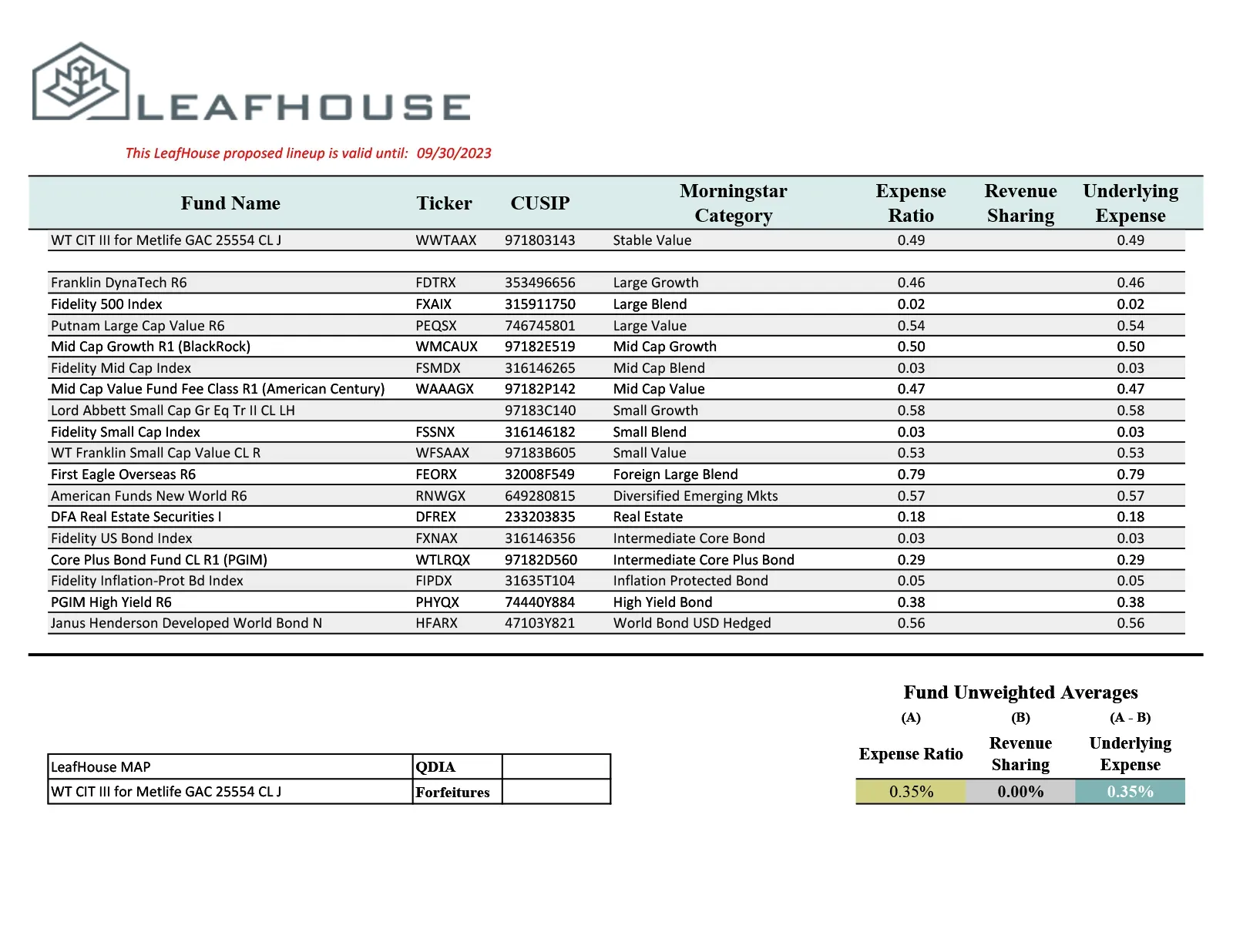
Solo Saver Retirement Plan
This 401(k) Plan is designed for small businesses with only an owner/spouse and zero employees.

Solo Saver Retirement Plan
This 401(k) Plan is designed for small businesses with only an owner/spouse and zero employees.
Details
Clear Pricing:
| Now: | $250 one-time setup fee |
| Monthly: | $79 plan administration fee + $8 per active participant + $84 recordkeeping fee (until plan assets reach $220,000) |
Setup fee is non-refundable.
Fees shown here apply to NEW PLANS ONLY. If you have a current plan, other fees may apply.
Contact us if you have questions. See all fee info below.
What Happens After I Sign Up?
After completing your purchase, an email will be sent to the address you provide with links to download the following files.
A Welcome Letter
Detailed information about your plan, the setup process, essential contact information for our team, and more
Employee Census Worksheet
Fill this out and send it back to us to get the ball rolling!
New Client Implementation Worksheet
Fill this out and send it back to us to get the ball rolling!
Implementation Timeline
A simple illustration of the next steps you can expect in our setup process
Key Plan Features
Eligibility to Use the Plan
- You get a FastStart 401(k) Plan for you — the solo business owner — and your spouse/partner
- No waiting period – you’ll be eligible to use your retirement plan as soon as it’s set up
Online Tools
- Access to your retirement account 24/7 through an online platform provided by your plan’s Recordkeeper
- Convenient online enrollment process
Putting Savings into Your Retirement Account
- Allows you to contribute the maximum legal amount to your retirement savings (may be higher if you’re 50+)
- Opportunity to receive additional contributions from the business, up to $67,500 (a.k.a Profit Sharing contributions)
- Choose between paying taxes on the income you defer into your retirement account either now (Roth) or after you retire (Traditional)
- Option to add funds from the business to your retirement savings accounts, within IRS rules
- All contributions you make and any funds added by the business are fully owned by you
Withdrawing or Borrowing from Your Retirement Account
- You’ll still have access to your funds in case of financial hardship (medical bills, natural disaster damage, etc.), following standard rules
- Option to withdraw funds once you reach age 59 1/2, based on standard rules
- Normal retirement age is 65, following standard guidelines
- Option to take a loan from your retirement savings, following standard rules
Plan Administration and Management
- Form 5500, a required document, will be signed by a 3(16) fiduciary on your behalf
- Your investment lineup will be provided by a trusted investment representative (a 3(38) fiduciary)
All Fee Info
- Administration Services
Initial Setup Fee: $250 (non-refundable after purchase)
Plan Administration Fee: $79 monthly
Recordkeeping Fee: $250 quarterly, invoiced by KTRADE (only until plan assets reach $220,000)
Per Participant Fee: $8 monthly, deducted from Participant’s Account - Additional Fees
Participant Distributions: $125 each
Participant Loans: $225 each


